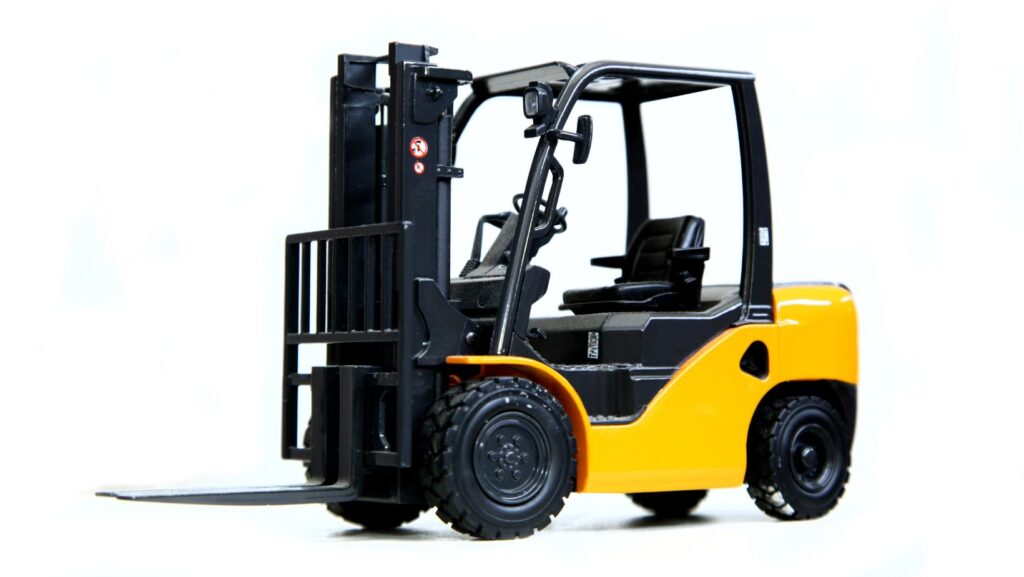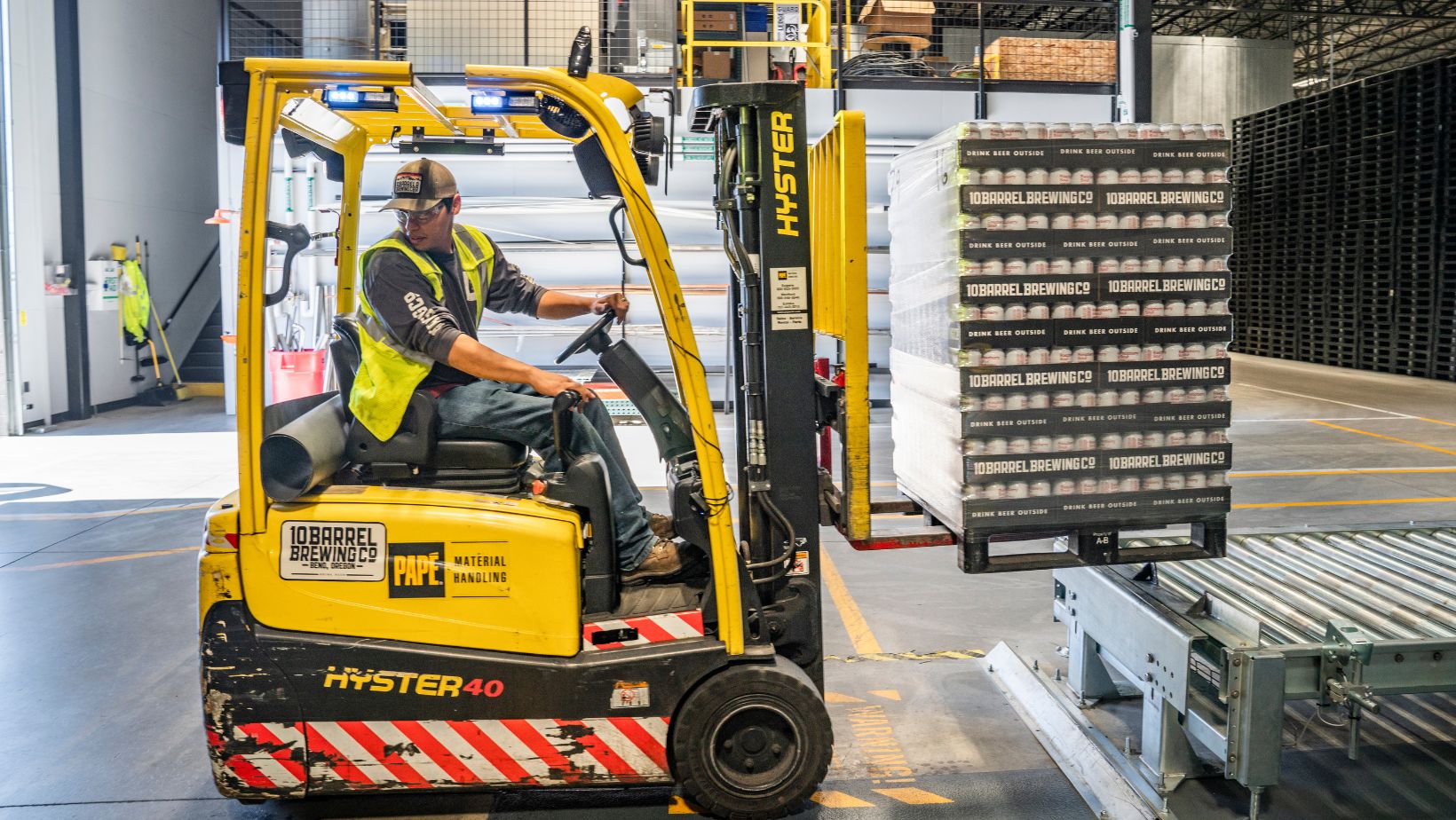
Common Mistakes to Avoid When Shopping for a Forklift
When it comes to material handling, choosing the right forklift can significantly influence efficiency and safety in your operations. However, many buyers make critical mistakes that can lead to costly consequences down the line. This article aims to highlight the most common pitfalls and provide insights on how to make a well-informed decision.
Understanding Your Needs
Overlooking Specific Requirements
One of the primary errors companies make is not thoroughly understanding their unique operational needs. It’s essential to assess the type of goods you’ll be moving, the weight of those goods, and the height to which they need to be lifted. For example, if you deal predominantly with heavy pallets in a narrow aisle, you might need a different forklift than if you’re moving lighter items across a wider space.
Ignoring Capacity
Every forklift has a specified lifting capacity. When shopping, it’s crucial to remember that this figure includes the weight of any attachment you plan to use. If you choose a forklift without factoring in these additional weights, you risk overloading the machine, potentially leading to malfunctions or accidents. Always account for the heaviest load you’ll typically handle and consider the future scalability of your operations.
Choosing the Right Type
Being Unsure About Forklift Types
Not all forklifts are created equal, and understanding the distinctions between electric, diesel, or LPG models can save you from a misstep. Electric forklifts, for instance, are well-suited for indoor usage due to their zero emissions, while diesel models are often more effective for outdoor tasks.
If you’re considering purchasing a new forklift, exploring reliable machinery options for warehouses can provide valuable insights. Platforms that offer a range of specifications and types can greatly assist you in making the right choice that aligns with your operational demands.
Cost Considerations
Focusing Solely on the Purchase Price
While staying within budget is crucial, focusing only on the initial purchase cost can be misleading. Consider the total cost of ownership, which includes maintenance, fuel or electricity costs, and potential down-time. For instance, electric forklifts may cost more upfront, but their lower operating costs often lead to substantial savings over time.
Neglecting Maintenance Plans
Another common oversight is failing to consider maintenance options. Forklifts require regular check-ups, and neglecting this can lead to costly repairs or unsafe working conditions. When purchasing, inquire about maintenance packages or warranties; they can provide peace of mind and save you money in the long run.
Safety and Compliance
Underestimating Safety Features
Safety should be a top priority when selecting a forklift. Many buyers fail to look at essential safety features such as backup alarms, active stability systems, and operator protection devices. Investing in a forklift with robust safety features not only protects your workers but can also reduce liability and insurance costs.
Ignoring Regulatory Compliance
In the UK, certain regulations govern material handling equipment, including the Health and Safety at Work Act and specific lifting standards. Ensure that the forklift you choose meets these regulations. Inspecting documentation and ensuring compliance can save you from legal headaches in the future.
Test Drives and Demonstrations
Skipping Hands-On Experience
A meticulous inspection process should always include a test drive. While the specifications might look good on paper, nothing substitutes the experience of handling the machinery. Pay attention to key factors such as visibility, maneuverability, and operator comfort. If possible, invite the actual operators to participate; their insights can be invaluable.
Neglecting Operator Training
Even the best forklift can perform poorly in the hands of an untrained operator. Proper training not only enhances safety but also optimises machine performance. Make sure to invest in a quality training program for your team. Including safety training can drastically reduce accidents and contribute to a more efficient workflow.
Supplier Assessment
Choosing Based Solely on Price
While price is an important determinant, selecting a forklift supplier based solely on cost can backfire. Look for suppliers with a solid reputation, long-term warranty offers, and excellent customer service. A well-established vendor often provides better post-purchase support, which can be crucial when you encounter issues or need maintenance.
Avoiding After-Sales Support and Service
What happens after the sale is just as important as the initial transaction. Does the dealer provide comprehensive after-sales support? Reliable service agreements and support can be game-changers if your forklift requires repairs or maintenance.
Conclusion
Making the right choice when purchasing a forklift is not simply about picking the best-looking model on the lot. It involves a careful assessment of your specific needs, a thorough understanding of costs, and an appreciation of safety features and compliant equipment. By avoiding these common mistakes, you position your business to not only enhance operational efficiency but also ensure a safe working environment.
If you’re exploring various options, consider browsing through reliable machinery options for warehouses to see a range of models and features that can cater to your specific operations. Taking the time to make a well-informed choice pays off in the long run, equipping your business with the right tools for success.






